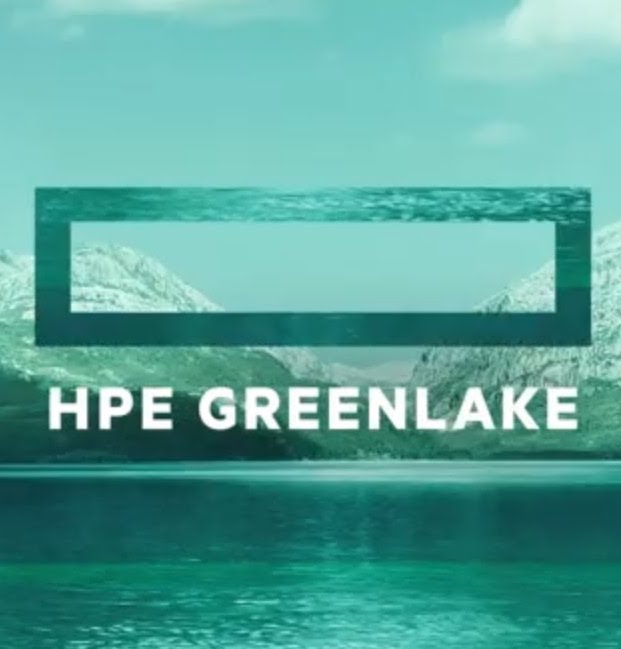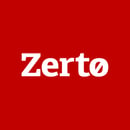The Finance Ghost
- 3 min read
Hewlett Packard Enterprise: Profits in the Green(Lake)

Hewlett Packard Enterprise (HPE) was created in 2015 as a spin-off from Hewlett Packard (HP). The latter sells printers and PCs while the former deals with enterprise services. It’s not hard to guess which company has the more interesting narrative in the modern world.
HPE has executed various acquisitions in the years since listing, including Aruba Networks, Nimble Storage, SGI, Cray and Niara. These deals have enhanced HPE’s strength in the likes of cloud management, storage, high-performance computing (like artificial intelligence and machine learnings) and security.
Revenue performance at HPE was under pressure in the financial year ended September 2021, although the latest quarter was the company’s best revenue performance since Q1’19. Supply chain issues have caused havoc across numerous industries as the world has reopened. Growth in the order book (16%) far exceeded revenue growth (3%). On the plus side, the company says that there were no cancellations to orders despite the delays.
The supply chain issues are expected to continue in the next financial year, with revenue growth in constant currency expected to be as low as 3% to 4%. Of course, revenue growth is only part of the story.
HPE has shifted towards services and software-rich offerings that bring higher margins. Revenue growth may be under pressure but growth in profitability is what really counts. A key driver of earnings will be HPE’s annual recurring revenue (ARR), of which 60% is sourced from software and services. The company expects this to grow to 75% by 2024.
HPE’s business is built around a market leading position in wireless access and network edge infrastructure. This is part of the “edge-to-cloud” strategy that the management team constantly refers to in earnings calls and strategy documents. As an example, HPE (through Aruba) is one of only a handful of companies to be positioned in Gartner’s Leader Quadrant for wireless access infrastructure, showing their significant value proposition in this space.
Another key competitive advantage is in supercomputers. Currently, 33 of the 100 most powerful supercomputers in the world were built by HPE. In the Q4 earnings call, HPE highlighted the Bermuda supercomputer, of which the first phase was accepted by the National Energy Research Scientific Computing Center (NERSC) at the end of the quarter. This machine is powered by the HPE Cray EX system and offers supercomputing capabilities to more than 8,000 scientists who perform research for the US Department of Energy Office of Science.

HPE brings the AI, deep learning and data analytics capabilities of these supercomputers to mainstream enterprises through the HPE GreenLake platform. It’s a bit like the technology forged in Formula 1 that eventually lands in cars for the road. The customer base is as broad as one might expect – in the latest earnings release, HPE gives the examples of the second-largest family-owned winery in the world and India’s largest oil and natural gas company both adopting GreenLake.
HPE GreenLake now has over 1,250 customers of which more than 300 were added during the latest financial year. Approximately 25% of Q4 GreenLake orders came from new customers. There are 900 global partners selling HPE GreenLake which is a substantial sales ecosystem. Total GreenLake contract value is $5.7 billion.
 September saw the introduction of HPE GreenLake for data protection; a cloud services solution which protects data across edge-to-cloud, overcomes ransomware attacks and achieves rapid data recovery. The company has acquired Zerto to add further market-leading data protection to the cloud services portfolio.
September saw the introduction of HPE GreenLake for data protection; a cloud services solution which protects data across edge-to-cloud, overcomes ransomware attacks and achieves rapid data recovery. The company has acquired Zerto to add further market-leading data protection to the cloud services portfolio.
The company is entering its next financial year with a record order book. Intelligent Edge orders are over $4 billion and the high-performance computing and AI offering order book is $2.7 billion, excluding the $2 billion contract won with the US National Security Agency. The expectation is for revenue to be strongly skewed towards the latter stages of the year as supply chain issues ease.
HPE’s share price has recovered sharply from the Covid dip in 2020 and is now trading at similar levels to 2018 – 2020. The focus for the company will be on converting the substantial order book into revenue, while continuing to push margins higher and fending off new competitive GreenLake-like offerings from the likes of Dell and Huawei.
Share Link




